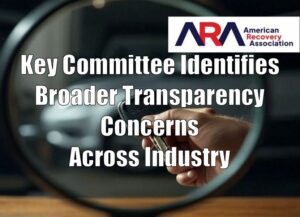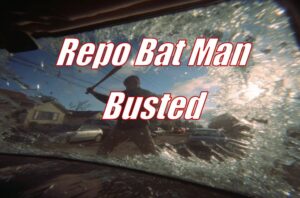We usually learn to master the tone of our voice as we grow older, yet too often we allow emotions to govern the tone and the words that we use, without giving a thought to the strategy that could be employed to deliver them. How many times have you asked for something, only to be disappointed with the end result? The issue may center around simply asking the right question at the right time.

















Facebook Comments